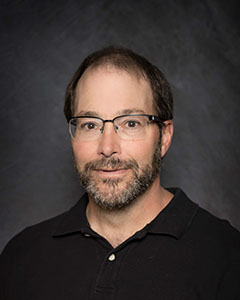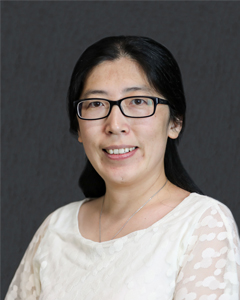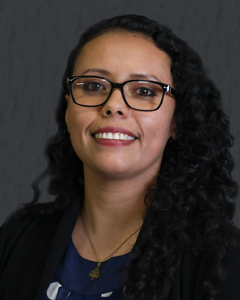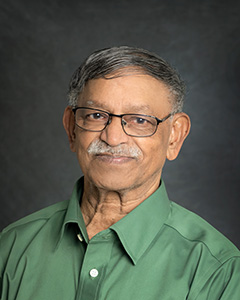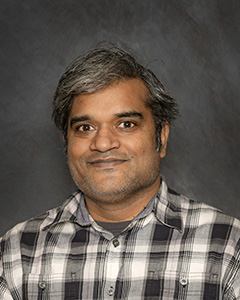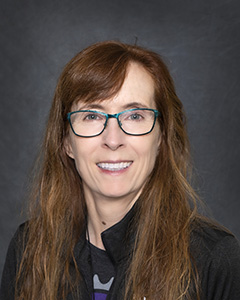Participating Faculty
Earth Science
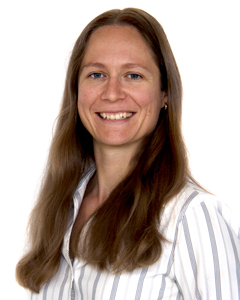 Alysia Cox, Associate Professor of Environmental Chemistry, Chemistry and Geochemistry Dept.
Alysia Cox, Associate Professor of Environmental Chemistry, Chemistry and Geochemistry Dept.
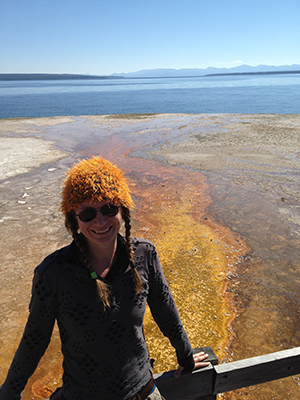 Dr.Cox’s research focuses on the interactions between aqueous geochemistry and microbial activity hosted in a wide variety of geologic settings ranging from continental to seafloor hot springs to mining impacted groundwater and rivers. You can find her and her students of the Laboratory Exploring Geobiochemical Engineering and Natural Dynamics (LEGEND) out sampling and experimenting in the field around Butte, Yellowstone, Ecuador, Iceland, and the seafloor as well as performing laboratory experiments and biomolecule extractions or geochemical modeling calculations at Montana Tech. The LEGEND strives to provide a theoretical, analytical, and experimental framework to explain and predict energy cycling between the biotic and abiotic processes of Earth.
Dr.Cox’s research focuses on the interactions between aqueous geochemistry and microbial activity hosted in a wide variety of geologic settings ranging from continental to seafloor hot springs to mining impacted groundwater and rivers. You can find her and her students of the Laboratory Exploring Geobiochemical Engineering and Natural Dynamics (LEGEND) out sampling and experimenting in the field around Butte, Yellowstone, Ecuador, Iceland, and the seafloor as well as performing laboratory experiments and biomolecule extractions or geochemical modeling calculations at Montana Tech. The LEGEND strives to provide a theoretical, analytical, and experimental framework to explain and predict energy cycling between the biotic and abiotic processes of Earth.
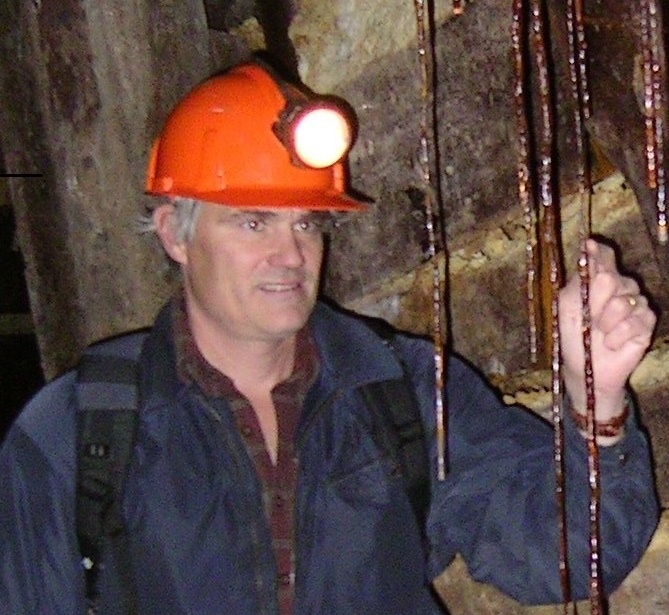

Coming soon...
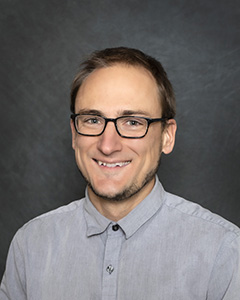
Dr. John Kirtley
Assistant Professor of Physical Chemistry
B.S., Mathematics Teaching, Montana State University
Ph.D., Chemistry, Montana State University
Email: jkirtley@mtech.edu
Phone: 406-496-4247
Office: CBB (Chemistry and Biology) 214
Research Interests
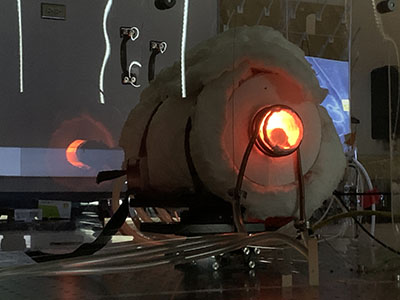
Ceramic fuel cells operate from ~500 C to ~1000 C
to produce infrared light. This photo represents
the development of our test rig for
in situ optical measurements.
Dr. Kirtley’s research group focuses on developing direct insights into high-temperature chemistry, with an eye on optimizing materials/processes that support environmental sustainability. Our group—presently consisting of three Materials Science Ph.D. students, and one undergraduate student—is currently interested in opportunities surrounding energy conversion from bio-derived fuels, such as biochar. At the heart of our project is a ceramic fuel cell. Why fuel cells? These remarkable devices demonstrate highly efficient and clean electricity generation from a wide variety of fuels—renewables and traditional—that can otherwise be difficult to optimally process using traditional technologies. Dr. Kirtley’s group is seeking to understand how biochar may be used as a fuel in protonic ceramic fuel cells (PCFC) and more traditional solid oxide fuel cells (SOFCs). Three main components of this project include 1) building, optimizing, and testing state-of-the-art ceramic fuel cell devices, 2) investigating the gasification reactions of biochar, and 3) constructing and implementing an optical technique able to “see” chemicals and intermediates arising during fuel cell operation operating fuel cell surface. Students in our research group are developing skills and knowledge in multiple areas such as optics, spectroscopy, electrochemistry, materials fabrication, materials characterization, and more.
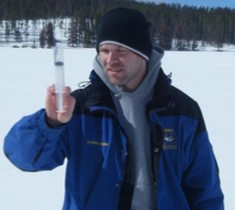 My research focuses on investigating groundwater and surface water interactions in mountain systems. Both my M.S. and Ph.D. research has focused on using environmental tracers and isotopes to investigate how groundwater interacts in with surface water, but current research often includes the use of groundwater flow modeling. I am interested in estimating groundwater residence times, cycling rates and flows, as well as identifying source waters within mountain catchments. Since 2015 my research focus has expanded to studying how river restoration impacts mountains rivers (particularly using beaver mimicry structures).
My research focuses on investigating groundwater and surface water interactions in mountain systems. Both my M.S. and Ph.D. research has focused on using environmental tracers and isotopes to investigate how groundwater interacts in with surface water, but current research often includes the use of groundwater flow modeling. I am interested in estimating groundwater residence times, cycling rates and flows, as well as identifying source waters within mountain catchments. Since 2015 my research focus has expanded to studying how river restoration impacts mountains rivers (particularly using beaver mimicry structures).
Coming soon...
Coming soon...
Coming soon...
Coming soon...
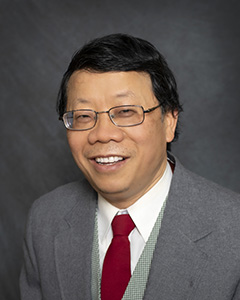 Coming soon...
Coming soon...
Coming soon...
Coming soon...
 My research focuses on investigating groundwater and surface water interactions in mountain systems. Both my M.S. and Ph.D. research has focused on using environmental tracers and isotopes to investigate how groundwater interacts in with surface water, but current research often includes the use of groundwater flow modeling. I am interested in estimating groundwater residence times, cycling rates and flows, as well as identifying source waters within mountain catchments. Since 2015 my research focus has expanded to studying how river restoration impacts mountains rivers (particularly using beaver mimicry structures).
My research focuses on investigating groundwater and surface water interactions in mountain systems. Both my M.S. and Ph.D. research has focused on using environmental tracers and isotopes to investigate how groundwater interacts in with surface water, but current research often includes the use of groundwater flow modeling. I am interested in estimating groundwater residence times, cycling rates and flows, as well as identifying source waters within mountain catchments. Since 2015 my research focus has expanded to studying how river restoration impacts mountains rivers (particularly using beaver mimicry structures).
Engineering
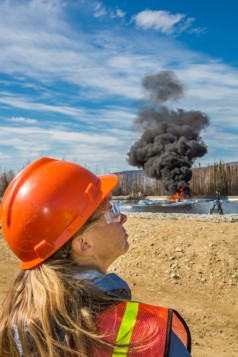
My research focuses on decommissioning, remediation, restoration and reuse of environmentally impacted areas. My M.S. focused on stabilization and solidification of copper smelter flue dust which resulted in implementation of this technique at the Anaconda Smelter Site. My Ph.D. research focused on using helicopters and drones to introduce chemical herders along with in-situ burning to address oil spills in the Arctic. This work has now been included in the ASTM standard on in-situ burning in ice conditions. Current research is development of socio-technical solutions for environmental and health impacts to artisanal gold miners in Colombia, convergent research into development of critical minerals with particular emphasis with indigenous populations in Colorado and Alaska, and drone research to evaluate tailings excavation and reuse in Montana. Based on over thirty years of working in each major natural resource industry, my interests are wide- with emphasis on near term impact to environmental and operational decision making.
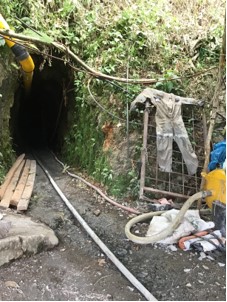
miners in Colombia
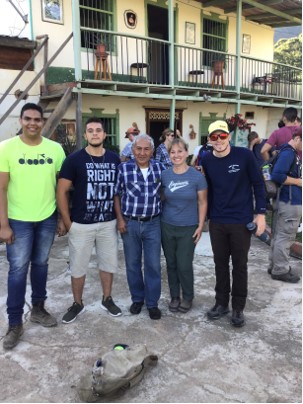
Coming soon...
Coming soon...
Naim Rashid
Coming soon...
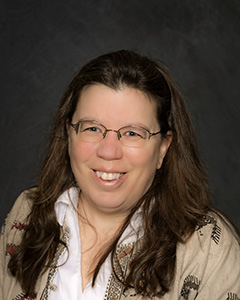
Assistant Professor
406-496-4859
Email Muchen Sun
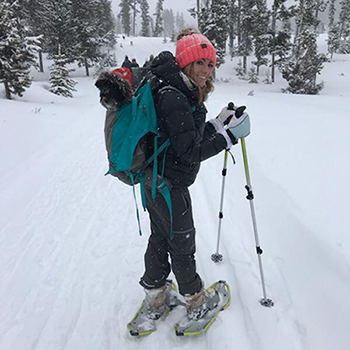 Dr. Andriolo received degrees in Cell Biology and Neuroscience (B.S.) and Health Science (M.S.) from Montana State University, and a Ph.D. in biomedical engineering from the University of Montana within the Individualized Interdisciplinary Ph.D. program. Dr. Andriolo’s Ph.D. research focused on synthesis and characterization of nanomaterials, research into how nanomaterials could be used as an adjuvant in antibacterial treatments, toxicity evaluation, and fabrication of a nano-scale drug delivery system that enabled time-released treatment delivery. Since graduating in 2017, Dr. Andriolo has led biomedical-related research in the Montana Tech Nanotechnology Laboratory (MTNL) and acted as mentor on other nanomaterials-related investigations. Her current research endeavors include light-activated drug delivery systems, a physiological flow cell that mimics flow stresses on tissues, photocatalytic denitrification filtration, reduced biofouling in reverse osmosis membranes using anti-quorum sensing molecules, perovskite synthesis and adhesion on modified interfaces, environmentally benign nanoparticles for metals recovery, multiplex electrospinning for highly controlled deposition of macroscale structures, nano-scale antivirals, and on-demand wound care using a portable electrospinning device.
Dr. Andriolo received degrees in Cell Biology and Neuroscience (B.S.) and Health Science (M.S.) from Montana State University, and a Ph.D. in biomedical engineering from the University of Montana within the Individualized Interdisciplinary Ph.D. program. Dr. Andriolo’s Ph.D. research focused on synthesis and characterization of nanomaterials, research into how nanomaterials could be used as an adjuvant in antibacterial treatments, toxicity evaluation, and fabrication of a nano-scale drug delivery system that enabled time-released treatment delivery. Since graduating in 2017, Dr. Andriolo has led biomedical-related research in the Montana Tech Nanotechnology Laboratory (MTNL) and acted as mentor on other nanomaterials-related investigations. Her current research endeavors include light-activated drug delivery systems, a physiological flow cell that mimics flow stresses on tissues, photocatalytic denitrification filtration, reduced biofouling in reverse osmosis membranes using anti-quorum sensing molecules, perovskite synthesis and adhesion on modified interfaces, environmentally benign nanoparticles for metals recovery, multiplex electrospinning for highly controlled deposition of macroscale structures, nano-scale antivirals, and on-demand wound care using a portable electrospinning device.
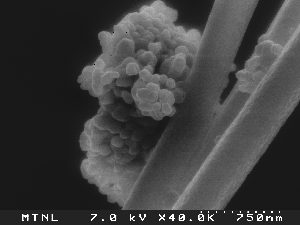
Coming soon...
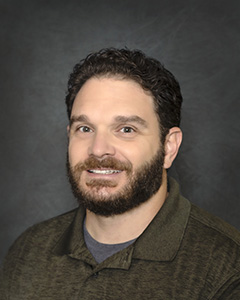
Jack Skinner, Professor, Mechanical Engineering Dept.
Jack L. Skinner received the B.S. degree from Montana Tech, Butte, MT, in General Engineering with a Mechanical Engineering Option in 2000, the M.S. degree from Washington State University, Pullman, WA, in Mechanical Engineering in 2002, and the Ph.D. degree from the University of California, Davis, CA, in Mechanical Engineering in 2007.
He was a graduate researcher with the Berkeley Sensor and Actuator Center (BSAC), Berkeley, CA, from 2004 to 2007, where he developed diffractive optical microsystems. From 2003 to 2012, he was with Sandia National Laboratories, Livermore, CA, where he was a Principal Member of the Technical Staff before accepting a position as Assistant Professor of Mechanical Engineering in the General Engineering Department at Montana Tech, Butte, MT, where he has been the Mechanical Engineering Department Head since 2018. He has worked in the field of nanotechnology and microelectromechanical systems (MEMS) since 2001. His research interests include technological advancements in the understanding and application of nanoscale devices, materials, and methods.
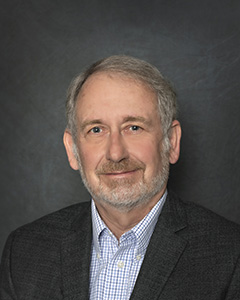 Jerry Downey, Professor, Metallurgical and Materials Engineering Dept.
Jerry Downey, Professor, Metallurgical and Materials Engineering Dept.
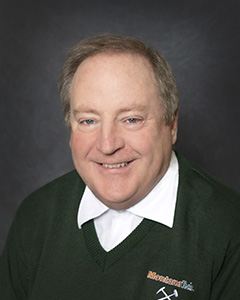 Courtney Young, Head and Professor, Metallurgical and Materials Engineering Dept.
Courtney Young, Head and Professor, Metallurgical and Materials Engineering Dept.
As an accomplished researcher, Dr. Courtney Young has been recognized with Montana Tech’s Research Award in 2009 and Lifetime Distinguished Researcher Award in 2016. Most of his research involves mineral processing and extractive metallurgy and their application to secondary resource recovery, critical materials and mining sustainability issues. Consequently, his research has been varied. Example research efforts include but are not limited to improving Au recovery, remediating cyanide, selecting and testing ores, recycling spent pot-liner, making synthetic lunar soil, repurposing slags and tails, treating acid-rock drainage, determining depressant action in Cu-Mo flotation, conducting Cu electrowinning for energy savings, modeling flotation, examining novel collectors in REE flotation, recovering valuables from slags and tails (PGMs, Cu, garnet, etc.), making pig Fe from slag, designing flowsheets, precipitating nano-Au, recycling plastics by surface modification and flotation, manufacturing TiO2 nano-particles for photocatalytic water remediation, comparing voltammetry on fused salt REE electrolysis with thermodynamic calculations, and understanding surface reactions of sulfide minerals in flotation and leaching.
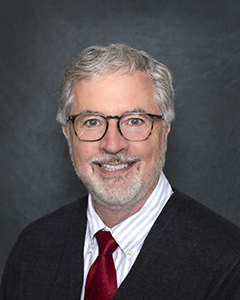 Thomas W. Camm is the Freeport-McMoRan Professor of Mining Engineering at Montana Technological University. He is a frequent session chair and presenter at national meetings; specializing in leadership and economic issues for engineers.
Thomas W. Camm is the Freeport-McMoRan Professor of Mining Engineering at Montana Technological University. He is a frequent session chair and presenter at national meetings; specializing in leadership and economic issues for engineers.
Recent scholarship while on sabbatical included completion of two publications. The first, developing a new set of cost models (coauthor Scott Stebbins) resulted in the publication Simplified cost models for underground mine evaluation: A handbook for quick prefeasibility cost estimates. The second was the peer-reviewed article The dark side of servant-leadership, published in The International Journal of Servant-Leadership. Both are available on the Montana Tech Library Digital Commons page.
Dr. Camm earned a B.S. and a Ph.D. in Mining Engineering from the University of Idaho, and a Master of Engineering Management degree from Washington State University. He also studied leadership in the Gonzaga University doctoral program. He is a registered professional engineer in Washington.
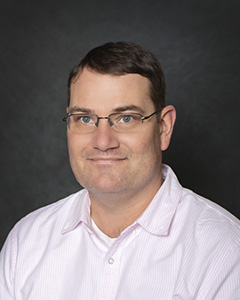
Developing low permeability unconventional reservoirs has revolutionized petroleum engineering, yet recovery factors remain low (5-10%) in these reservoirs. We are working on ways in increase the amount of oil that can be produced by injecting fluids into the reservoir. Early success with gas injection has prompted further research into the mechanisms of recovery and in optimizing the process to make it more efficient. While much has been learned, we are still in the infancy of understanding unconventional reservoirs and significant research is needed over the next decade to fully reach their potential.
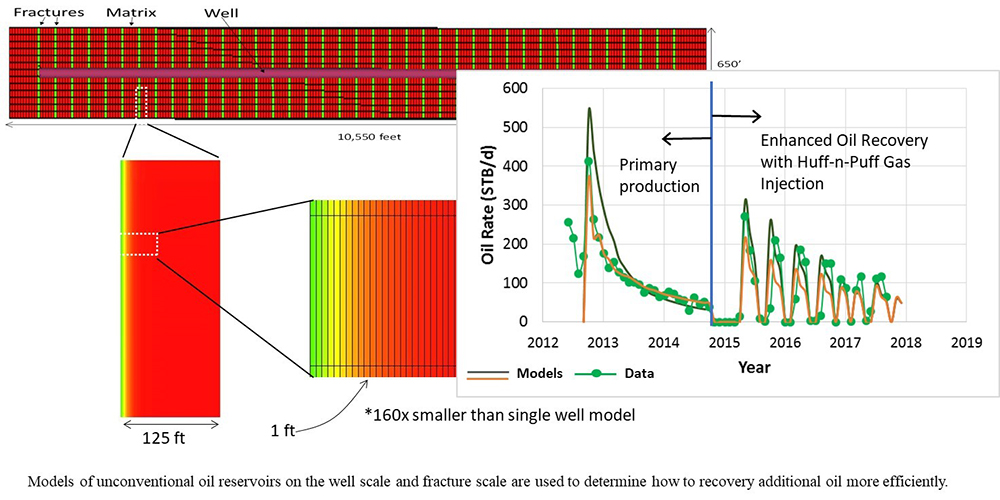
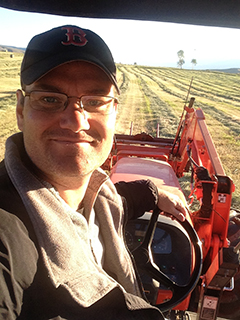
David Reichhardt